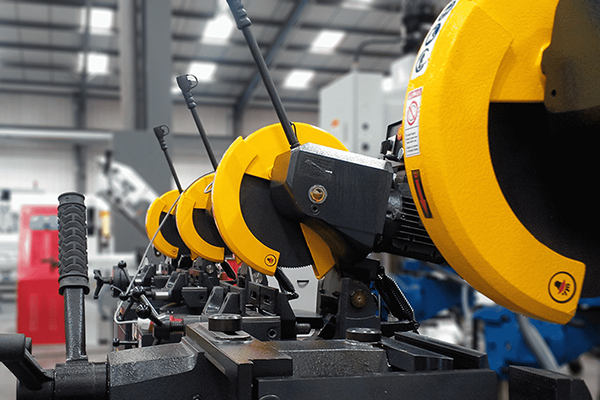Selmach has set about identifying the most important points to consider when purchasing a circular saw for metalworking applications. Firstly, what metal is being cut? A high-speed saw (usually 3000 rpm) will be required for cutting aluminium. Slower speed saws (90 rpm) are generally used for cutting mild steel, and slower again (45 rpm) for stainless. Nowadays, most circular saws will have two or three speed settings on the control panel, which make them suitable for multiple cutting applications, i.e. both stainless and mild steel.

Notably, the wrong blade can lead to a bad cut, cause damage to the workpiece and/or saw (due to vibration), and will be noisy. Finding the right tooth pitch is therefore imperative.
The main types of blades commonly available include SHSS (high-speed steel) for cutting mild steel and TiCN (titanium carbo-nitride) for stainless steel. The latter, which will also cut mild steel, are twice the cost of SHSS blades but will last much longer. Cutting aluminium on high-speed saw will require a TCT blade.
With the right blade and everything set correctly, a circular saw should provide a straight cut with minimal requirement for secondary processing and deburring. Circular saws are most often used in the balustrade industry, and in window manufacturing, where perfectly square cuts are required on every piece with minimal secondary operations.
The Sterling saws from Selmach are popular due to their sturdy construction, double clamping self-centring vice, and their slitting ability. If the budget is tight, then the Thomas range is a good low cost, yet still professional option.
For further information https://selmach.com/














